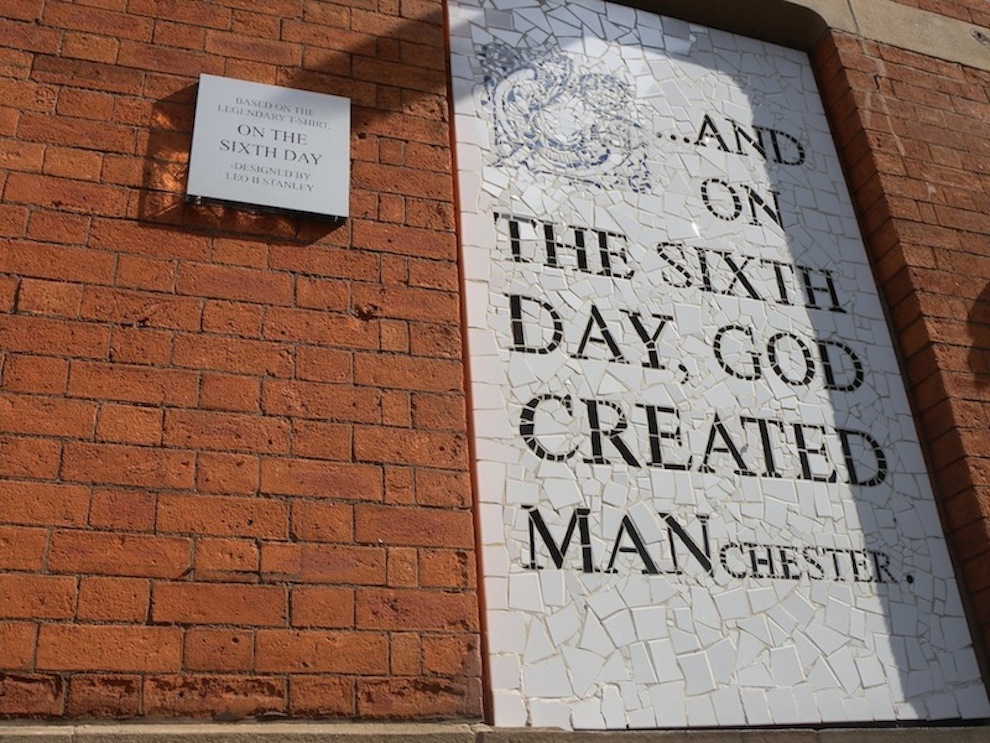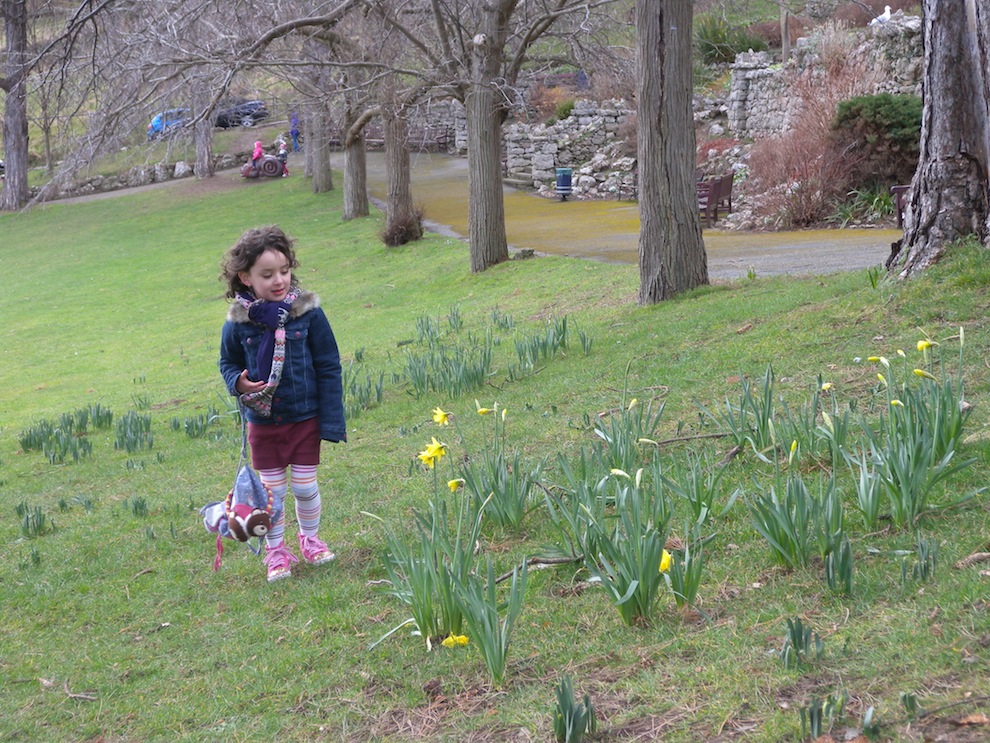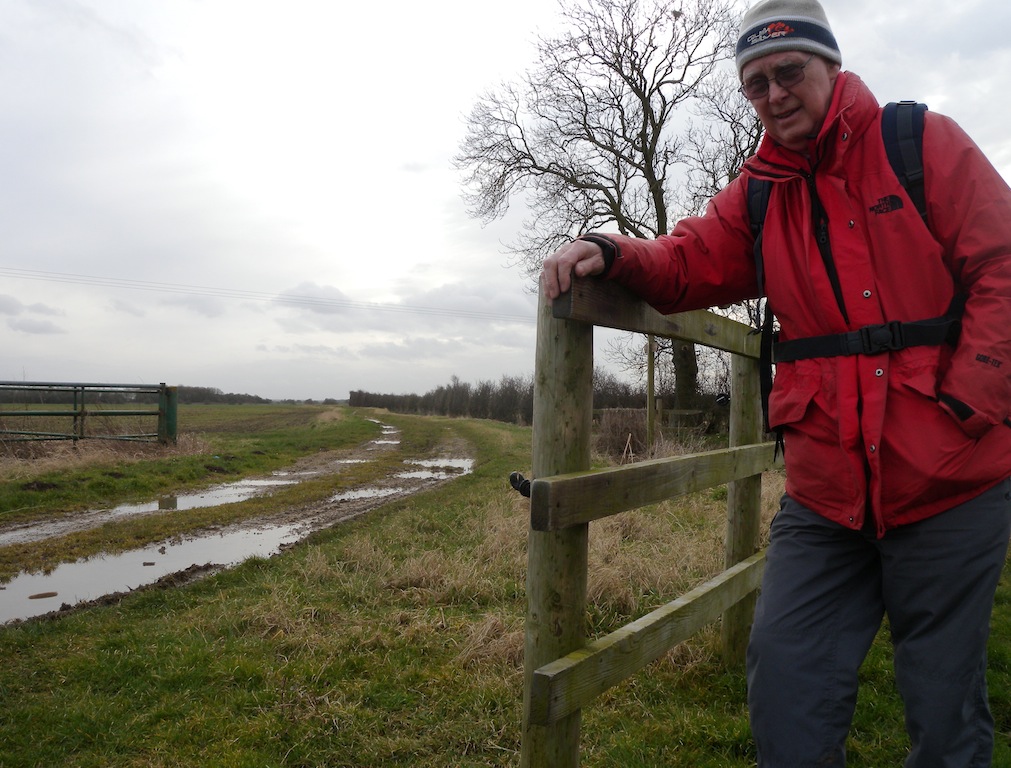The book Memoirs of a Geisha has a lot to answer for.
Arthur Golden’s best-selling story of a young girl sold to a Kyoto teahouse who goes on to become the country’s leading geisha, has turned the Gion, the traditional geisha quarter of Kyoto, into something of a human zoo.
Today, there are a mere handful of teahouses left in Gion and the number of maiko (trainee geisha) has fallen from thousands to around 150.
Nevertheless, clutching-cameras coach parties now pack into the tiny side streets, brushing past the traditional red lanterns and traipsing along the hidden alleyways to indulge in their new favourite sport: geisha spotting.
Most of the terminally shy maiko find this snapshot Disneyland utterly abhorrent.
Indeed, when they do reluctantly appear at Gion Corner to provide displays of traditional dance and music for tourists, their facial expressions betray a sense of gritted-teeth boredom endured solely to generate income for their sponsoring teahouse.
Makeover service
Nevertheless, the world of geisha continues to fascinate both Japanese and English tourists alike.
Keen to piggyback on the explosion of interest in geisha culture, shops around Gion have even taken to offering geisha makeover services, whereby young Japanese women can live their dream of being a geisha – albeit just for one day.
Yume Miru Yume (‘To Dream A Dream’) is one of 30 such maiko makeover shops.
It offers a full service: make-up, hair styling, a kimono fitting and two portrait photographs as part of a four-hour process from Y10,000/£50.
Once dressed, the faux geisha claims her 15 minutes of fame by running the gauntlet of the camera-clutching tourists on a ten-minute Gion walkabout.
Ironically, Yume Miru Yume also provides make-up services for real maiko.
“Geisha services form the basis of our livelihood. This offers us a new way to expand business when times are hard,” explains shop manager, Emi Sano, who handles about 20 requests per day for a geisha makeover.
“Some clients worry it may harm the reputation of real geisha if these women are seen using their mobile phone or smoking in public as such behaviour would be unacceptable for a real maiko.”
Intense training
Traditionally, to become a geisha or “arts person” has necessitated years of intense training.
Girls would start dance and music lessons when they were six years, six months and six days old.
Now contemporary maiko embark on five years of study aged 15, including dance, calligraphy, flower arrangement, tea ceremony and playing the shamisen (a traditional three-stringed Japanese instrument like a banjo).
All the time, they are working to repay their sponsoring teahouse and will remain in debt to their mama-san for many years into their professional geisha career.
The exact amount of tuition fees varies between teahouses but, as the teahouse provides her with her living expenses as well training and kimonos (and a single kimono will probably cost about 1m Yen/£5,000) the sum is clearly considerable.
Aged about 20, they have their eri-kae, a coming of age ceremony whereby, having sat their geisha exams, they graduate from maiko to geisha status.
Only then will their hair will be ceremoniously cut and they can finally wear the kimono and geta (clogs) of a fully qualified geisha.
But while the geisha old guard tries desperately to preserve its ancient traditions, the harsh economic reality of Japan’s ten lost years of economic stagnation has given rise to a whole new breed of young upstart geisha with its own cut-price take on the world of flower and willow.
Budget geisha
Ryoco Okamura is a 22-year-old humanities student at a Kyoto university. By day she likes shopping and hanging out in Starbucks with her friends.
By night, however, she’s a budget geisha.
Born of the post-bubble need for geisha services at budget prices, the rationale behind Hisako’s role is highly pragmatic: with expense accounts being slashed, businesses can no longer afford traditional geisha entertainment.
Genuine geisha charge Y10,000 (£54) for one hour of companionship; Ryoco works in her spare time around college and earns around Y1,000 (£5) per hour.
“Of course I’m a fake geisha,” says Ryoco.
“I only had three months training in dance, make-up, comportment and how to speak with an appropriate Gion accent before I started to perform at parties.”
“I know I don’t belong to the institutionalised geisha system in Kyoto,” she adds casually. “This is just my part-time job.”
But there is no shame in being a dial-a geisha.
As Ryoco sees it, only by changing with the times can the culture of geisha survive: fewer girls than ever are joining the profession and only about 20 per cent of geisha now have a danna, an older patron who sets them up as their mistress with a home and an allowance.
Nevertheless, for today’s generation of young Japanese women with their platform heels, dyed hair and Hello Kitty fixation, becoming a geisha remains one of the few ways in patriarchal Japan for a woman to make decent money.
Hard times
The explosion of interest in geisha comes at a time when Japanese Prime Minister has announced ambitious plans to repackage Japan as a tourist destination.
In an about-face for a nation that previously made little attempt to attract international visitors, premier Junichiro Koizumi recently declared an initiative to double the number of tourists to 10m people per year by 2010.
While times are hard, even the geisha will have their role to play in this attempt to court the much-needed injection of hard currency that mass tourism will bring.
So, as yet another coach party arrives at Gion, cameras poised to catch the geisha heading for work at dusk, Japan’s oldest profession may well find themselves signing a contract with a devil just to survive.
What did you think of this story? Post your comments below.
This article was first published in the Weekend FT in March 2003.
Liked this? Try also A Food Tour of Vietnam.



